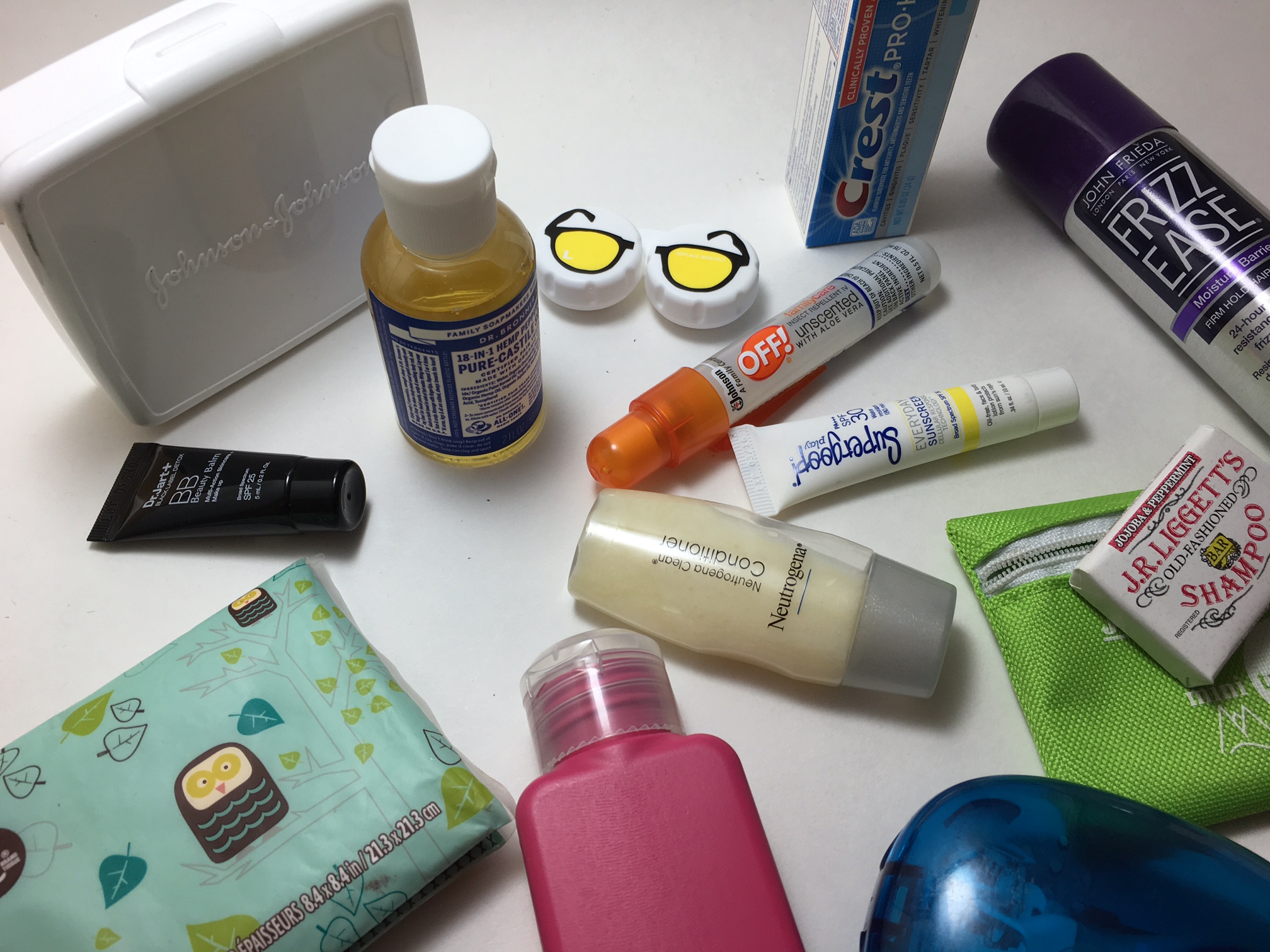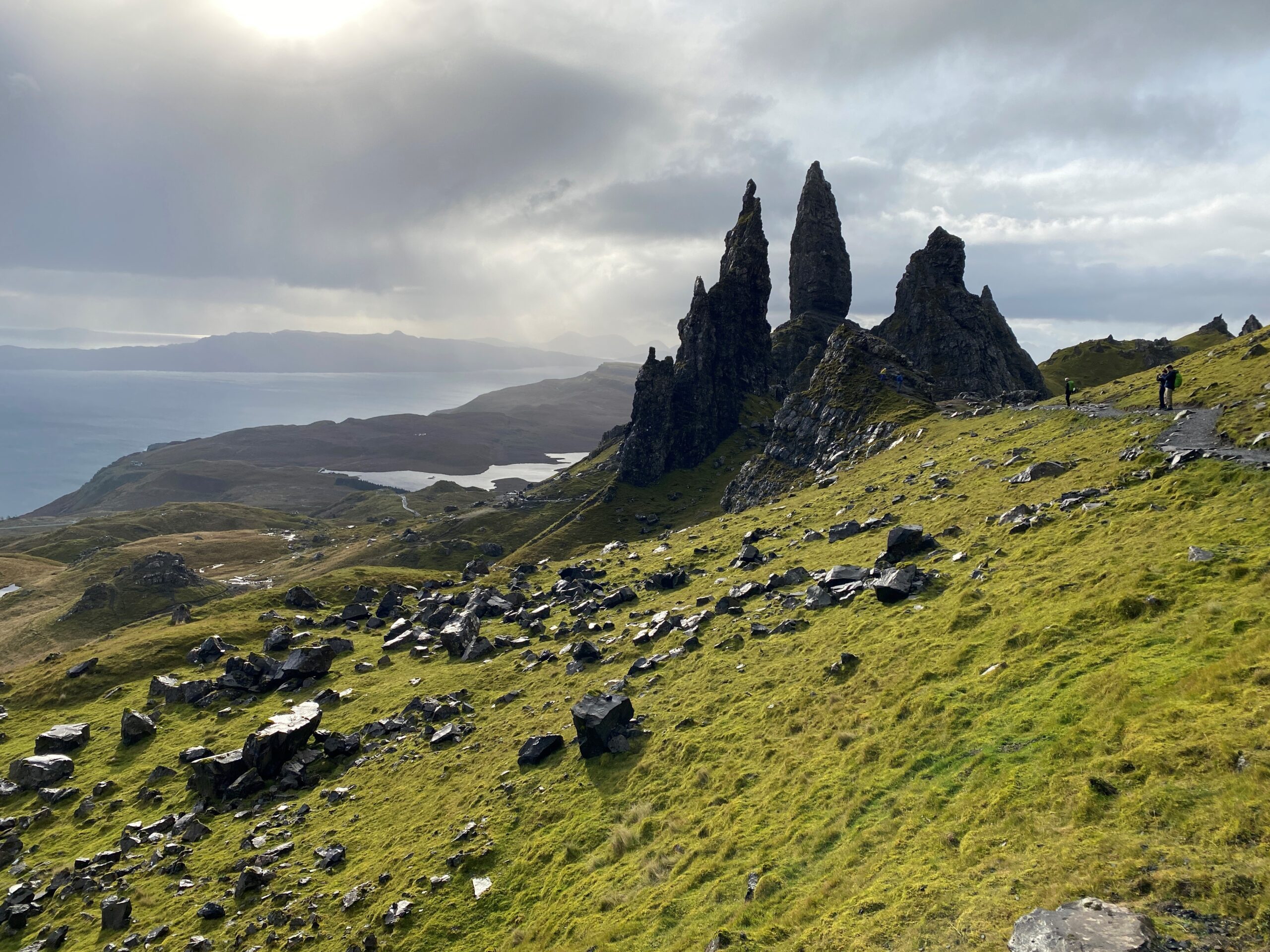how to
-

Tips for Choosing a Travel Companion
.
I have been lucky enough to find some great travel companions over the years. But I understand that it can sometimes be difficult to find like-minded people to travel and explore this world with. Unfortunately, I do not think there…
-

Rental Car: How to Guide
.
A few weeks ago, B and I went and visited the North Cascades National Park, via the Spokane, Washington, airport. Upon landing, we made our way to the rental car desks. As you can imagine, the rental car section of…
-

How to stay safe while traveling
.
Traveling can be a scary concept, but that doesn’t mean you should do it. This post highlights tips to help you stay safe while traveling. But first: Know that things can go wrong anywhere The world can be a scary…
-

Tips to Packing Light [Tools and Gear]
.
Packing Light Tools and Gear Packing light is an art. It takes years of practice and just when you think you’ve got it nailed, you’ll learn some new trick or find a new piece of gear that shows just how…
-

Preferred Sites for Planning a Trip
.
We may not travel full time, but we sure spend a good chunk of our free time planning our next trip. For every week of actual travel, there are months and months of planning. I can scarcely remember a time…
-

Destination Australia: Planning and Saving for a Trip Down Under
.
Do you know how to plan and save for a trip? Travel funds and budgets are not something I am terribly good at. However, I have recently been working on them in an effort to prepare myself for a trip…
-

What to do when E.T. can’t phone home
.
This morning was rough. After a series of most unfortunate events, my shiny new iPhone ended up taking a swim. The friendly IT guy at work gave me a baggy full of silica gel packets and told me to put…
-

Top 10 Tips for First-Timers Travelers
.
My coworker’s husband has just left on his first international trip to London. And other than a couple of trips to Mexico, this is his first international voyage. His wife has not done a lot of traveling herself so she…
-

Choosing your next travel destination…part 2
.
At my day job, we talk a lot about travel and the comparison of different locations. It comes up naturally due to the nature of our business. I work for an engineering consulting firm and we design projects all over…
-

New to Airbnb? Top 10 Reasons to Give it a Try.
.
Are you new to Airbnb? Maybe wondering what all of the fuss is about? That was me about a year ago. I was as green as they get and had never tried any home rental service before. Oh boy, was…
